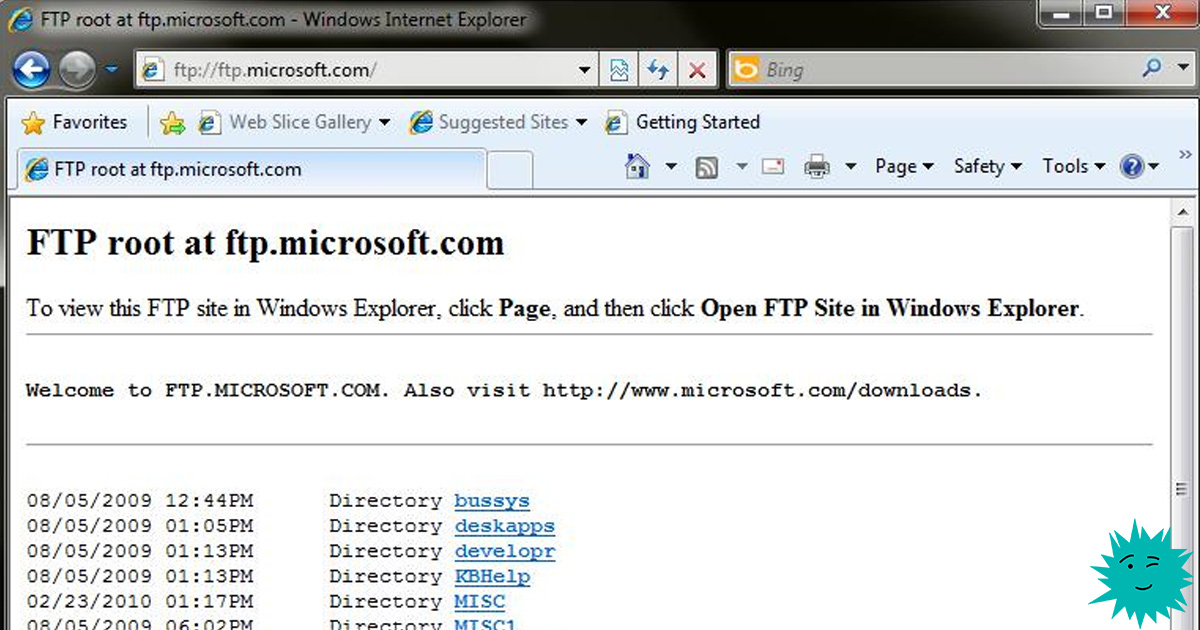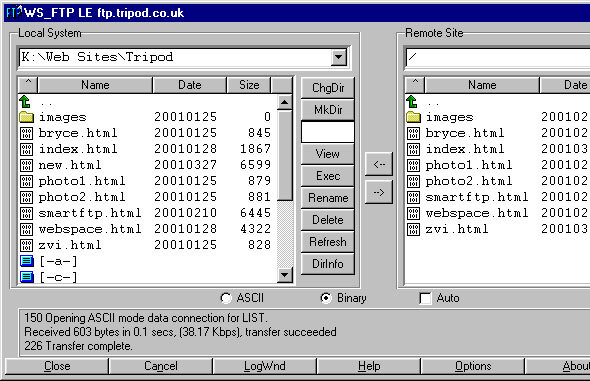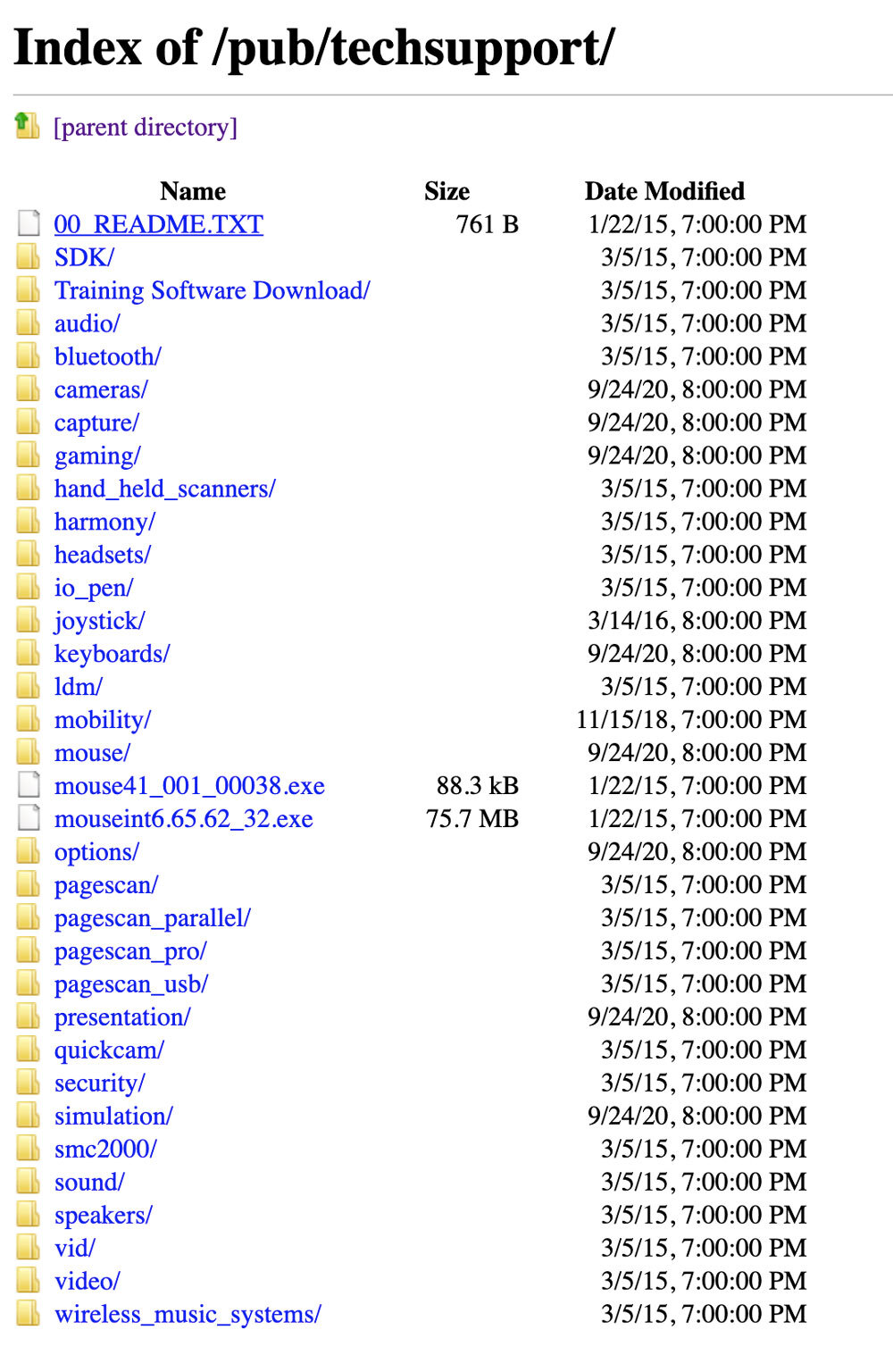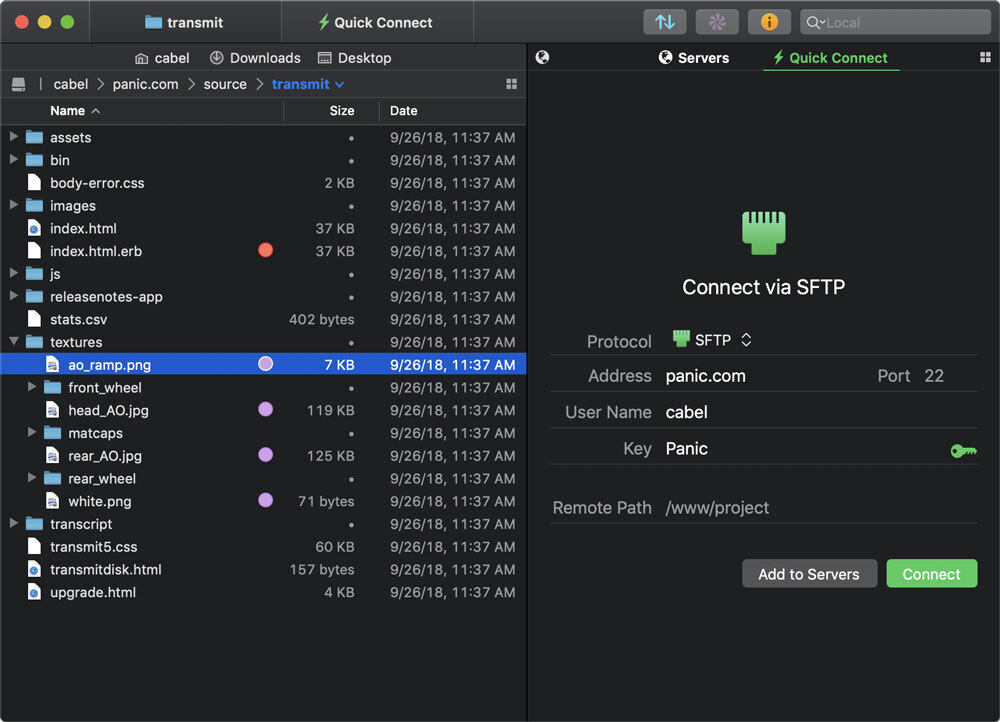
Here's a little piece of news you might have missed as you rebuild your life after the outbreak of the COVID crisis: Google missed the release of Chrome 82 due to the virus shuffling everyone's mind. “Who cares?” You ask. Well, at least FTP users, or File Transfer Protocol. During the pandemic, Google shelved its plans to kill FTP, and now that the storm has calmed down a bit, Google recently announced that it is returning to the thought of killing in Chrome version 86, which will again cut support for the protocol, and finally kill it in Chrome 88. (Mozilla has announced similar plans for Firefox, claiming securityand the age of the protocol-supporting code.) It is one of the oldest protocols that power the mainstream Internet (turning 50 next year), but these popular applications want to leave it behind. Today we're going to talk about the history of FTP, the network protocol that has lasted longer than almost everyone else.
1971
It was in this year that Indian-born MIT graduate student Abhay Bhushnan first developed the File Transfer Protocol. FTP, which appeared two years after telnet, was one of the first examples of a working application package for the system that would later become known as ARPANET. It has overtaken email, Usenet, and even the TCP / IP stack. Like telnet, FTP is still used, albeit to a limited extent. However, on the modern Internet, it has lost its relevance, mainly due to security problems, and its place is taken by alternative encrypted protocols - in the case of FTP, it is SFTP, a file transfer protocol that runs on top of the Secure Shell (SSH) protocol, which largely replaced telnet. ...

FTP is so old that it predates email, and in the beginning it played the role of an email client. Perhaps unsurprisingly, among the multitude of application layer programs created for the early ARPANET, it was FTP that stood out and made its way into the world of modern technology.
The reason for this comes down to its basic functionality. In fact, this is a utility that simplifies the transfer of data between hosts, but the secret of its success is that it smoothed out the differences between these hosts to a certain extent. As Bhushan says in his RFC, the biggest challenge with telnet at the time was that each host was slightly different from the other.
"Differences in terminal performance are handled by host system programs according to standard protocols," he writes, referring to both telnet and the remote job protocol of the era. "However, in order to use them, you need to know the various conventions of remote systems."

ARPANET teletype terminal.
The FTP protocol he invented tried to circumvent the complexities of connecting directly to the server using what he called "indirect use"; this method made it possible to transfer data or execute programs remotely. The "first build" of the Bhushan protocol, which is still in use decades later, albeit in a modified form, used a directory structure to investigate the differences between individual systems.
In his RFC, Bhushan writes:
, -. , . , . . , , . .
In an interview with the Mapping the Journey podcast, Bhushan revealed that he started developing the protocol because of the obvious need for applications for the nascent ARPANET system, including the need for email and FTP. These early applications became the fundamental building blocks of the modern Internet and have evolved greatly over the decades.
Bhushan said that due to the limited capabilities of computers at the time, e-mail functions were initially part of FTP and made it possible to distribute letters and files over the protocol in a lighter format. And for four years, FTP was a kind of email.
“We asked, 'Why not add two commands to FTP called mail and mail file?“ The mail command will be used for plain text messages, and the mail file for email attachments that still exist today, ”he says in an interview.
Of course, Bhushan was not the only one involved in the development of this fundamental early protocol, as he was promoted to a position at Xerox after graduation. The protocol he created continued its development without it, receiving a series of updates in the form of RFCs in the 1970s and 1980s; including around 1980, its implementation appeared, which made it possible to provide support for the TCP / IP specification.
Although there have been minor updates over time so that the protocol can keep up with the times and support new technologies, the version we use today was released in 1985, when John Postel and Joyce C. Reynolds developed RFC 959 - an update to the previous protocols that underpin modern software for working with FTP. (Postel and Reynolds, among others, were working on the Domain Name System (DNS) around the same time .) Although the document describes this version as "intended to fix minor documentation errors, improve the explanation of some protocol functions, and add new auxiliary commands," It was she who became the standard.
Given its age, FTP has many inherent weaknesses, many of which remain today. For example, transferring a folder containing many tiny files is extremely inefficient with FTP; it works much better with large files because it limits the number of individual connections required.
In many ways, because of its early appearance in the history of the Internet, FTP has influenced the structure of many subsequent protocols. You can compare it to something that has changed and improved frequently over the course of several decades, such as basketball shoes. Yes, the Converse All-Stars are good shoes, and when the conditions are right, it will serve you well today, but a Nike shoe, probably under the Air Jordan brand, is much more likely to succeed.
File Transfer Protocol is the Converse All-Star of the Internet. He transferred files before it got cool and still retains some of his appeal.
“Nobody made money on the Internet. On the contrary, a lot of money was spent on it. We fought bravely in this battle and knew that he had potential. But if someone tells you that he knew what would happen next, then that is a lie. After all, I saw everything with my own eyes. "
So Alan Emledge, the creator of Archie, considered the first Internet search engine, told the Internet Hall of Famewhy his invention of allowing users to search anonymous FTP servers for files did not make him rich. In short, the Internet was then non-profit, and a graduate student and technical support worker at McGill University in Montreal, Emledge, used the university's network to run Archie without permission. “But that was the best thing to do. As the old adage goes, it's better to ask for forgiveness than permission. " (Like Bhushan, Emage was an immigrant, born and raised in Barbados, and came to Canada as a student due to his accomplishments.)

Screenshot of WS_FTP - a Windows FTP client that was quite popular in the 90s.
Why FTP may be the last link to our past still used online
As I wrote several years ago , if you take an old book about the Internet and try to follow the old links, then the probability of getting to the software indicated in them is highest if it is stored on a large corporate FTP site, because such sites are usually not closed very often ...
Large tech companies like Hewlett-Packard, Mozilla, Intel, and Logitech have used these sites for decades to distribute documentation and drivers to end users. And for the most part, these sites are still online, storing content that has been there for years.
In many cases, these sites are most useful when you need to find something really old, such as a driver or documentation. (When I tried to start my Connectix QuickCam, I knew these sites would be useful to me.)

An example of what FTP looks like in a modern web browser (ftp.logitech.com).
In a way, it might even be more convenient than navigating a website, because the interface is uniform and works flawlessly. (Many web interfaces can be quite nightmarish if you just need to get to the driver.) But it also has its drawbacks - this simplicity means that FTP often does not handle modern standards very well and can be much slower than modern file transfer methods.
As I wrote in an article on this topic last year, access to such FTP sites is becoming increasingly difficult (although they are archived in different places), because companies are moving away from such storage models and can disconnect old sites.
In an article featuring an interview with Jason Scott of the Internet Archive, the archive is taking steps to protect these old public FTP sites , which may be down at any time today.
In that interview, Scott noted that the long life of such FTP sites is actually more the exception than the rule.
“It's incredibly odd that FTP sites have accumulated momentum to keep them running for 15-20 years,” he said.
Since the main uses of FTP sites remain only in the history books, their disappearance is likely to be a matter of time. Before that happens, I recommend going to someone's website and see what kind of strange things are stored there. In the modern world, we can no longer study the entire file folders of public companies, so in this transition period, this is an amazing experience.
"FTP, a technology that has outstripped its scope, has now attracted a critical mass of business users who find e-mail transmission terribly ineffective or impractical when it comes to large documents."
- Quote from a 1997 article on Network World; it says that FTP, while awkward, is still a good option for homeworkers and corporate Internet users. Although the author of the article was a stakeholder (Roger Greene was the president of Ipswitch, a major maker of FTP software), his arguments were nevertheless in the spirit of the era. The protocol was a great way to transfer large files over networks and store them on a server. The problem is that FTP, despite its gradual improvement, will be supplanted by much more sophisticated alternatives, both protocols (BitTorrent, SFTP, rsync, git, even modern HTTP flavors) and cloud systems like Dropbox or Amazon Web Services.
I once had my own FTP server. It was mainly used to store music during college days when students were obsessed with sharing music. I had an extremely fast connection, and therefore the perfect speed for an FTP server.
It was a great way to share your own musical tastes with the world, but the university system once found out about file sharing and started limiting bandwidth, so it ended there ... or at least that's what I thought. The thing is, I was working in a dorm in the summer, and it turned out that after the students graduated, the limitation was no longer a problem, so I was able to start the FTP server again for a couple of months.

Panic's Transmit is a modern example of an FTP client. Many modern clients support a wide variety of protocols, not just plain old FTP.
Later I graduated and the FTP server went offline for good; Plus, there are still more efficient replacements like BitTorrent and more legitimate ones like Spotify and Tidal.
Just like file sharing, which has evolved a lot after 15 years, so have we ourselves. We learned about more efficient and safer ways to manage files remotely. In 2004, many believed that FTP was the best way to manage your web server. Today, when services like Git provide effective version control, this seems to be risky and inefficient.
Even if popular browsers get rid of FTP support in the coming months, this does not mean that other ways of working with this protocol will completely disappear. Specialized software, of course, will continue to exist. But more importantly, there are good reasons for replacing the legacy FTP protocol.
Unlike the situation with IRC (when commercial tools were taken away from the protocol) and Gopher (whose growth was ruined by the sudden transition to a commercial model), FTP is leaving web browsers because its age underlines the lack of a security infrastructure.
The most common ways of using it, for example, to organize publicly accessible anonymous FTP servers, have essentially lost their popularity. And in its main niche, it was eventually replaced by more secure and modern versions, such as SFTP.
I'm sure some techie might argue that FTP will never die, because there is always a specialized application for it. Yes it is possible. But the vast majority of people, after disabling FTP in their Chrome browser, probably won't have any reason to look for ways to connect to it again.
If FTP's departure from web browsers will accelerate its final demise, then so be it. However, for fifty years, changing versions and variations, he served us faithfully.
Advertising
VDS with daily payment for any purpose - this is about our epic servers . The maximum configuration is 128 CPU cores, 512 GB RAM, 4000 GB NVMe.
